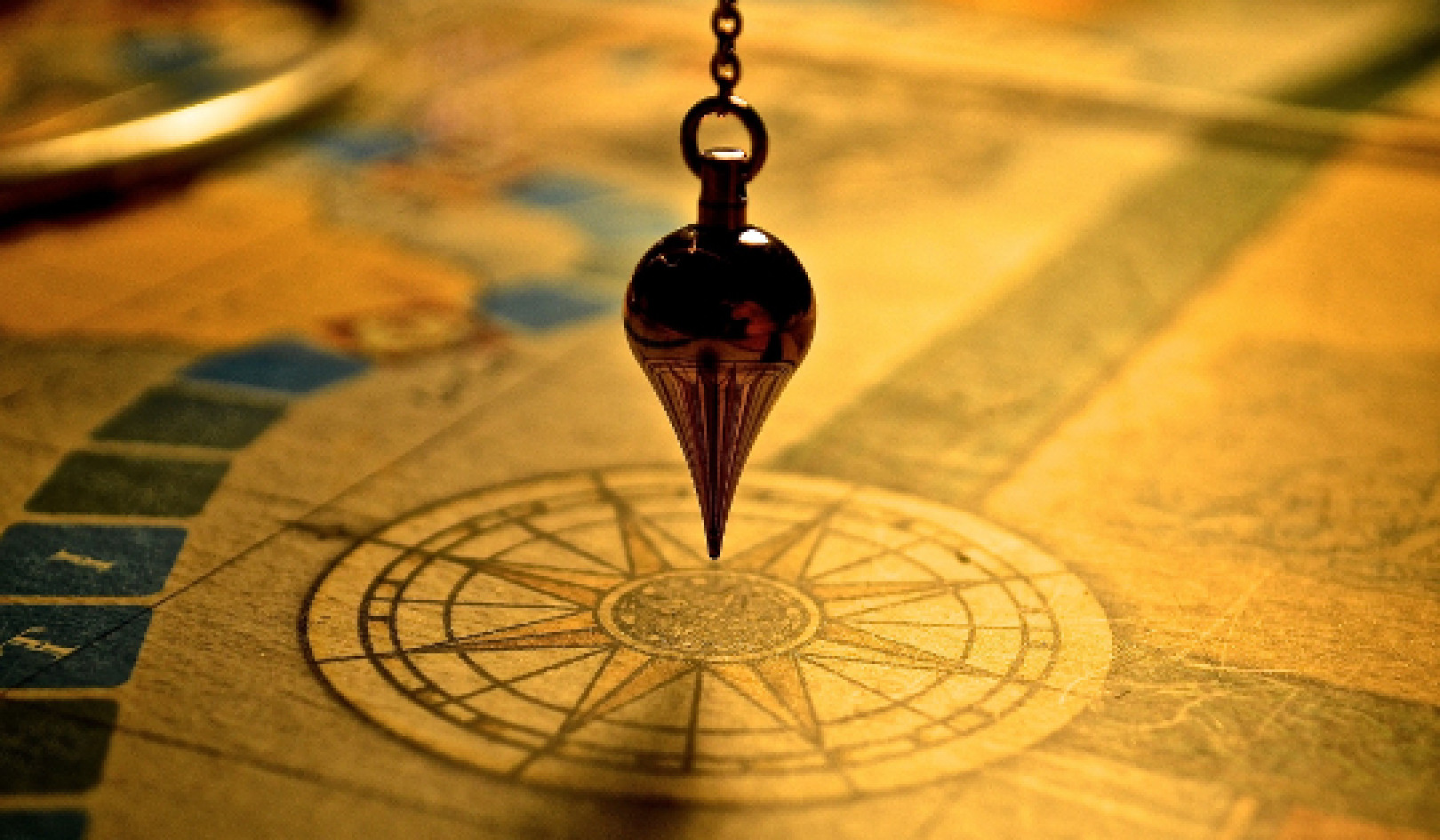
Lockdown isn’t easy. Julia Lockheart DreamsID com, Author provided
The COVID-19 pandemic has changed nearly every aspect of our lives. Our dreams are no different. Soon after the first lockdowns started, people reported having more dreams than before, with different content. This was explained by the fact that many people were sleeping for longer, and waking without alarm clocks or an immediate schedule.
Other people were experiencing more stress, which can also alter dreaming. Now a new study, published in PLOS, has analysed hundreds of dream reports before and during lockdown to give detailed results of the pandemic’s impact on dreaming.
It has proven difficult to study dreams during the COVID-19 pandemic. Because it was unexpected, it was a challenge to find baseline dream data with which to compare the pandemic data. A similar problem occurred when researchers aimed to study how dreams changed due to the events of 9/11, and after the 1989 San Francisco earthquake.
One method is to ask participants whether their dreams have changed during the pandemic, compared to previously. This was done in March 2020, when a representative sample in the US was contacted by YouGov. Nearly 30% of the participants reported that they could remember more dreams, whereas only 7.5% reported lower dream recall. People also reported that their dreams had become more negative emotionally. However, only 8% of respondents actually reported that they’d had a dream with content related to COVID-19.
A second method is to collect written descriptions of dreams, called dream reports, and compare them to reports collected several years previously by other authors. An online survey such as this was posted by Harvard Medical School researcher Deirdre Barrett from March to July 2020. It requested the submission of “any dreams you have had related to the COVID-19 coronavirus”.
Dreams from 2,888 people were processed by Linguistic Inquiry and Word Count (LIWC), which is a computerised text analysis method. It identifies emotions, such as happiness or sadness, and other content categories. The study found that pandemic dreams had more negative emotions and fewer positive emotions, compared to pre-pandemic dreams.
Improving understanding
The new study, by Natália Mota from the Federal University of Rio Grande in Brazil and colleagues, uses a third method. They collected dream reports from 67 Brazilian participants using the same procedure before and during lockdown. One group of participants had submitted dream reports during September and November 2019, and another submitted them during the Brazilian lockdown in March and April 2020. The two groups of participants were well matched for education level, age and sex distribution.

We may process emotions when we dream. Jeffery Bennett/Flickr, CC BY-SA
The study assessed all dreams recalled by the participants during each period. Dreams were therefore not selected by the participants. This is important because such selection can bias results.
The study also used LIWC to automatically identify emotional words in the dream reports. In total, 239 dream reports were assessed. The researchers discovered that the dream reports during the pandemic were longer, when measured in words, than pre-pandemic reports. They also noted that pandemic dreams had significantly more anger and sadness than pre-pandemic dreams. This effect was found even when the increased length of dream reports was taken into account.
Fascinatingly, the level of anger and sadness in dreams was also related to how much mental suffering the person had as a result of social isolation during lockdown. This is consistent with the emotional regulation theory of dreaming, which suggests that we process and regulate our emotions when we sleep. Pandemic dreams also had more references to contamination and cleanness. The authors link this to the threat simulation theory, which holds that we practice overcoming threats in the virtual reality of our dreams.
At the end of the study, participants rated how much they observed their dreams or told them to others during the study. It turned out that such behaviour happened more in people who were happy (versus sad), energetic (versus tired), peaceful (versus aggressive), altruistic (versus selfish) and creative (versus confused).

Lockdown dream of walking alone then dancing with friends. Julia Lockheart DreamsID com
This could be because feeling positive makes you more likely to observe and share your dreams. But it may also be that considering your dreams and talking about them has these positive benefits. The latter theory is supported by work we have conducted on the benefits of dream sharing. In particular, we found that discussing a dream for 30 minutes with a friend or family member and relating it to recent waking life circumstances can make the listener feel empathy towards the person sharing the dream. This can help us feel less lonely.
Perhaps people who share pandemic dreams are more likely to take seriously the fear, anger and sadness they feel – emotions we can often brush away during waking hours. Talking about the dreams with others can therefore be helpful in managing the emotions, rather than suffering in silence.
The authors of the new study conclude that paying attention to and telling our dreams is a “relatively safe way for self-observation and mental health management that can be recommended during this period of uncertainty.” This is evidence for the view that the sharing of dreams with family and friends has benefits for the dreamer and wider society.
About the Author
Mark Blagrove, Professor of Psychology, Swansea University
This article is republished from The Conversation under a Creative Commons license. Read the original article.
Books on Dreams from Amazon's Best Sellers list
"The Interpretation of Dreams"
by Sigmund Freud
This classic work of psychology is one of the foundational texts on the study of dreams. Freud explores the symbolism and meaning of dreams, arguing that they are a reflection of our unconscious desires and fears. The book is both a work of theory and a practical guide to interpreting dreams.
Click for more info or to order
"The Dream Dictionary from A to Z: The Ultimate Guide to Interpret Your Dreams"
by Theresa Cheung
This comprehensive guide to dream interpretation provides insights into the meaning of common dream symbols and themes. The book is organized alphabetically, making it easy to look up specific symbols and meanings. The author also provides tips for how to remember and record your dreams.
Click for more info or to order
"The Divinity Code to Understanding Your Dreams and Visions"
by Adam F. Thompson and Adrian Beale
This book offers a Christian perspective on dream interpretation, exploring the role of dreams in spiritual growth and understanding. The authors provide guidance on how to interpret common dream symbols and themes, offering insights into the spiritual significance of dreams.
Click for more info or to order























